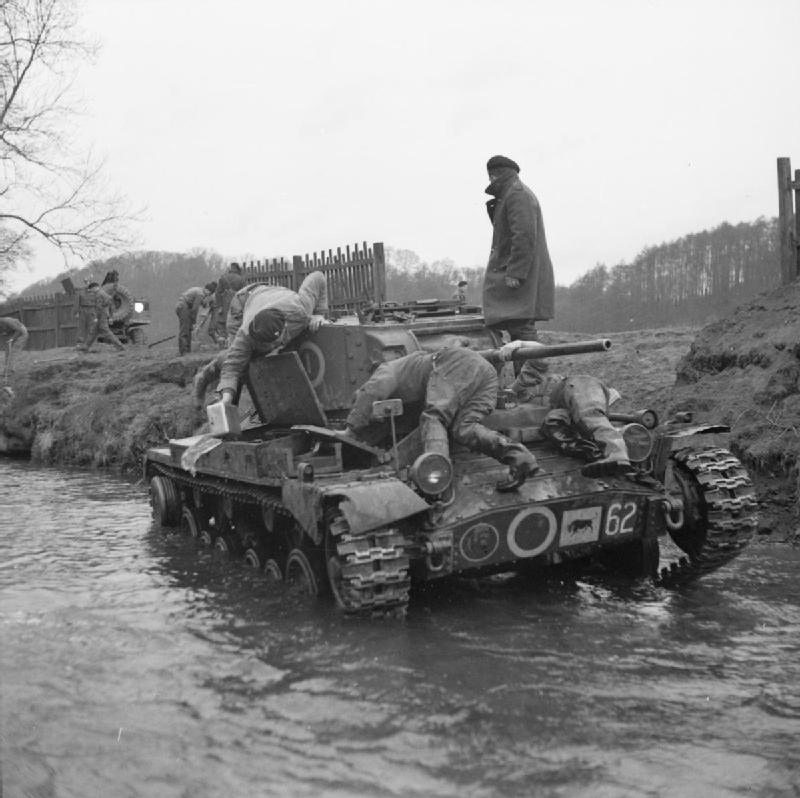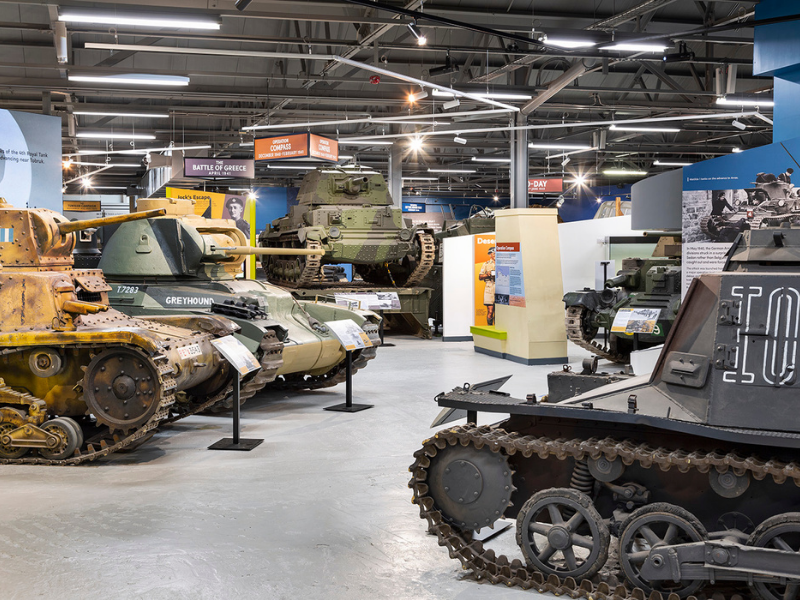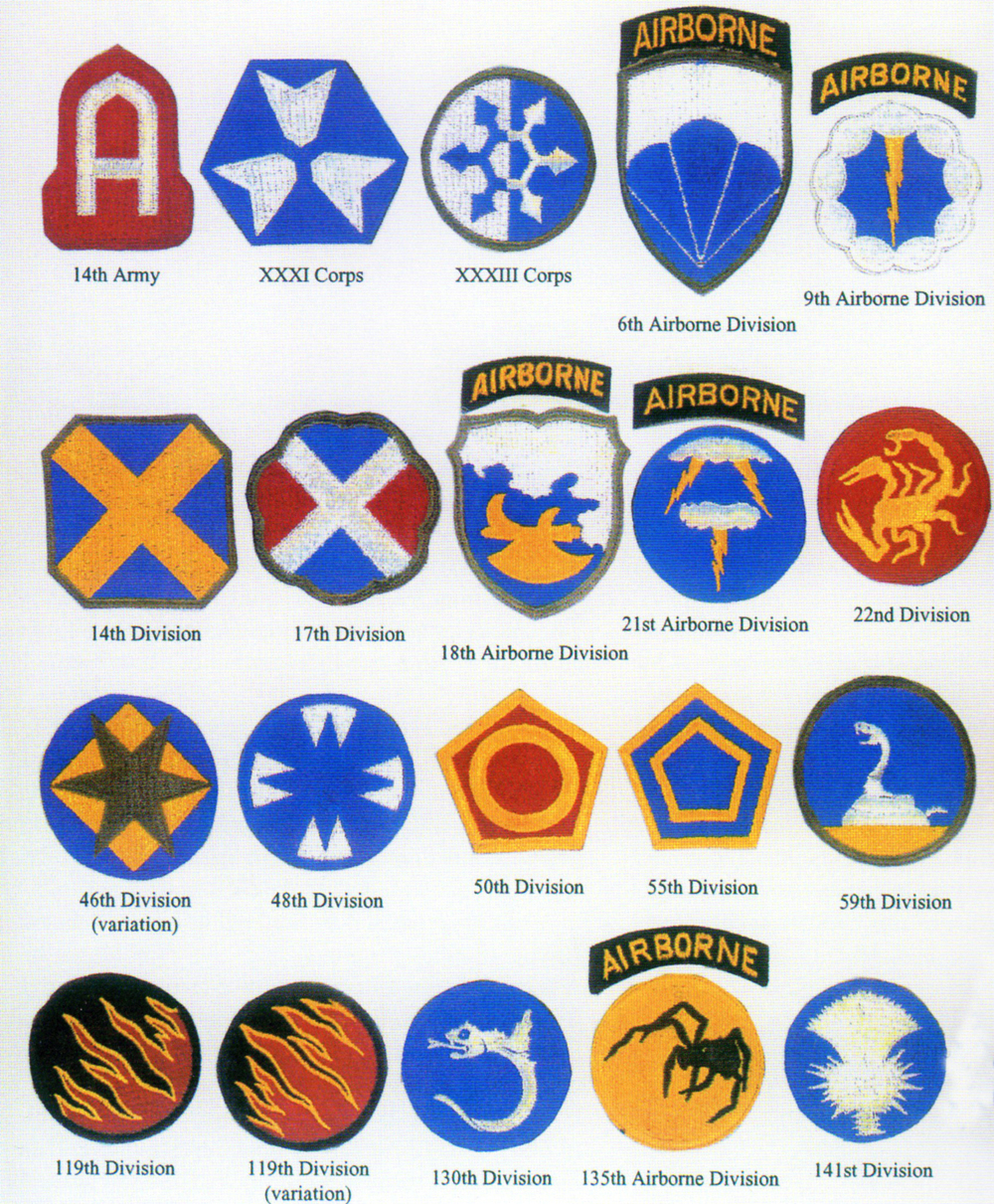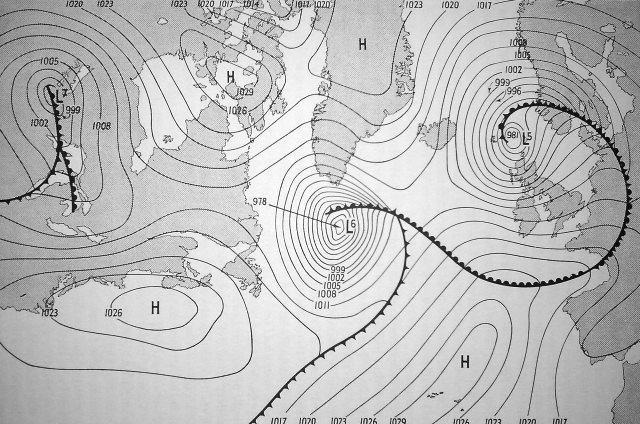|
30th Armoured Brigade
The 30th Armoured Brigade was an armoured formation of the British Army that served in Western Front (World War II)#1944–1945: The Second Front, Western Europe Campaign as part of the 79th Armoured Division (United Kingdom), 79th Armoured Division. After the reformation of the Territorial Army in 1947, the brigade was re-created within the Territorials based in Scotland and finally disbanded by 1967. Second World War Service The 30th Armoured Brigade was created on 27 December 1940 as part of Northern Command (United Kingdom), Northern Command. It was initially formed from the 2nd Battalion, The Queen's Westminsters, a motorized infantry unit, which was joined by a cavalry unit, the 23rd Hussars, three days later, on 30 December. Just over a week later, on 8 January 1941, the 23rd Hussars were replaced by the 22nd Dragoons, and on 28 January the brigade was transferred to Western Command (United Kingdom), Western Command. On 8 March the brigade was augmented with the addi ... [...More Info...] [...Related Items...] OR: [Wikipedia] [Google] [Baidu] |
Armoured Brigade
A brigade is a major tactical military unit, military formation that typically comprises three to six battalions plus supporting elements. It is roughly equivalent to an enlarged or reinforced regiment. Two or more brigades may constitute a Division (military), division. Brigades formed into divisions are usually infantry or armored (sometimes referred to as combined arms brigades). In addition to combat units, they may include combat support units or sub-units, such as artillery and engineers, and logistic units. Historically, such brigades have been called brigade-groups. On operations, a brigade may comprise both organic elements and attached elements, including some temporarily attached for a specific task. Brigades may also be specialized and comprise battalions of a single branch, for example cavalry, mechanized, armored, artillery, air defence, aviation, engineers, signals or logistic. Some brigades are classified as independent or separate and operate independentl ... [...More Info...] [...Related Items...] OR: [Wikipedia] [Google] [Baidu] |
County Of London Yeomanry
Several British Army regiments have borne the title County of London Yeomanry (CLY). Most have been mounted, then armoured regiments. 1st County of London Yeomanry (Middlesex, Duke of Cambridge's) The 1st County of London Yeomanry was a volunteer cavalry regiment originally raised in 1797. It saw action in the Second Boer War, in the First World War and in the Second World War. Its lineage is maintained by 31 (Middlesex Yeomanry and Princess Louise's Kensington) Signal Squadron, Royal Corps of Signals. 2nd County of London Yeomanry (Westminster Dragoons) The 2nd County of London Yeomanry (Westminster Dragoons) was a volunteer cavalry regiment originally raised in 1779. It also saw action in the Second Boer War, in the First World War and in the Second World War. Its lineage is maintained by F Squadron, the Royal Yeomanry. 3rd County of London Yeomanry (Sharpshooters) The 3rd County of London Yeomanry (Sharpshooters) was a volunteer cavalry regiment originally raised in 1901. ... [...More Info...] [...Related Items...] OR: [Wikipedia] [Google] [Baidu] |
Bovington
Bovington Camp () is a British Army military base in Dorset, South West England. Together with Lulworth Camp it forms part of Bovington Garrison. The garrison is home to The Armour Centre and contains two barracks complexes and two forest and heathland training areas that support Phase Two training for soldiers of the Royal Armoured Corps and trade training for the Household Cavalry Regiment as well as other armoured units. It also houses The Tank Museum on its property. History The camps at Bovington and Lulworth were originally established in 1899 as an infantry training area and ranges. In 1916, they became training camps for the Heavy Branch of the Machine Gun Corps which relocated from Norfolk. The Heavy Branch was responsible for the operation of the tank in the British Army. In 1917 the Heavy Branch split from the Machine Gun Corps to become the Tank Corps, with the Depot and Central Schools being based at Bovington. In 1937 the Central Schools became the Armoured ... [...More Info...] [...Related Items...] OR: [Wikipedia] [Google] [Baidu] |
The Tank Museum
The Tank Museum (previously the Bovington Tank Museum) is a collection of armoured fighting vehicles at Bovington Camp in Dorset, South West England. It is about north of the village of Wool and west of the major port of Poole. The collection traces the history of the tank with almost 300 vehicles on display. It includes Tiger 131, the only working example of a German Tiger I tank, and a British First World War Mark I, the world's oldest surviving combat tank. It is the museum of the Royal Tank Regiment and the Royal Armoured Corps and is a registered charity. History The writer Rudyard Kipling visited Bovington in 1923 and, after viewing the damaged tanks that had been salvaged at the end of the First World War, recommended that a museum be set up. A shed was established to house the collection but was not opened to the general public until 1947. George Forty, who was appointed director of the museum in 1982, expanded and modernized the collection. He retired in 1993 afte ... [...More Info...] [...Related Items...] OR: [Wikipedia] [Google] [Baidu] |
Mine Flail
A mine flail is a vehicle-mounted device that makes a safe path through a minefield by deliberately detonating land mines in front of the vehicle that carries it. They were first used by the British during World War II. The mine flail consists of a number of heavy chains ending in fist-sized steel balls (flails) that are attached to a horizontal, rapidly rotating rotor mounted on two arms in front of the vehicle. The rotor's rotation makes the flails spin wildly and violently pound the ground. The force of a flail strike above a buried mine mimics the weight of a person or vehicle and causes the mine to detonate, but in a safe manner that does little damage to the flails or the vehicle. World War II The idea is commonly attributed to a South African soldier, Captain Abraham du Toit. A test rig was constructed in South Africa and results were so encouraging that du Toit was promoted and sent to England to develop the idea. Before du Toit left for England, he described his idea to ... [...More Info...] [...Related Items...] OR: [Wikipedia] [Google] [Baidu] |
Normandy Landings
The Normandy landings were the landing operations and associated airborne operations on 6 June 1944 of the Allies of World War II, Allied invasion of Normandy in Operation Overlord during the Second World War. Codenamed Operation Neptune and often referred to as D-Day (after D-Day (military term), the military term), it is the largest seaborne invasion in history. The operation began the liberation of France, and the rest of Western Europe, and laid the foundations of the Allied victory on the Western Front (World War II), Western Front. Planning for the operation began in 1943. In the months leading up to the invasion, the Allies conducted a substantial military deception, codenamed Operation Bodyguard, to mislead the Germans as to the date and location of the main Allied landings. The weather on the day selected for D-Day was not ideal, and the operation had to be delayed 24 hours; a further postponement would have meant a delay of at least two weeks, as the planners had re ... [...More Info...] [...Related Items...] OR: [Wikipedia] [Google] [Baidu] |
D-Day
The Normandy landings were the landing operations and associated airborne operations on 6 June 1944 of the Allied invasion of Normandy in Operation Overlord during the Second World War. Codenamed Operation Neptune and often referred to as D-Day (after the military term), it is the largest seaborne invasion in history. The operation began the liberation of France, and the rest of Western Europe, and laid the foundations of the Allied victory on the Western Front. Planning for the operation began in 1943. In the months leading up to the invasion, the Allies conducted a substantial military deception, codenamed Operation Bodyguard, to mislead the Germans as to the date and location of the main Allied landings. The weather on the day selected for D-Day was not ideal, and the operation had to be delayed 24 hours; a further postponement would have meant a delay of at least two weeks, as the planners had requirements for the phase of the moon, the tides, and time of day, that ... [...More Info...] [...Related Items...] OR: [Wikipedia] [Google] [Baidu] |
The British Army In Normandy 1944 B5141
''The'' is a grammatical article in English, denoting nouns that are already or about to be mentioned, under discussion, implied or otherwise presumed familiar to listeners, readers, or speakers. It is the definite article in English. ''The'' is the most frequently used word in the English language; studies and analyses of texts have found it to account for seven percent of all printed English-language words. It is derived from gendered articles in Old English which combined in Middle English and now has a single form used with nouns of any gender. The word can be used with both singular and plural nouns, and with a noun that starts with any letter. This is different from many other languages, which have different forms of the definite article for different genders or numbers. Pronunciation In most dialects, "the" is pronounced as (with the voiced dental fricative followed by a schwa) when followed by a consonant sound, and as (homophone of the archaic pronoun ''thee'' ... [...More Info...] [...Related Items...] OR: [Wikipedia] [Google] [Baidu] |
42nd Armoured Division (United Kingdom)
The 42nd Armoured Division was an Armoured warfare, armoured Division (military), division of the British Army raised during the World War II, Second World War. History War Service The division was formed in late 1941 by converting the 42nd (East Lancashire) Infantry Division.Joslen, p. 42 The 42nd Division was a 1st Line Army Reserve (United Kingdom), Territorial Army (TA) infantry formation that saw service in the Battle of France and was Dunkirk evacuation, evacuated at Dunkirk in June 1940.Joslen, p. 68 The division was converted on 1 November 1941 into an armoured division. The division's first commander was Major-general (United Kingdom), Major-General Miles Dempsey, Miles C. Dempsey. However, the division was not posted overseasChappell, p. 15 and its divisional headquarters was disbanded on 17 October 1943; the division's infantry was assigned to the 53rd (Welsh) Infantry Division and its armour to the 79th Armoured Division (United Kingdom), 79th Armoured Division. Gene ... [...More Info...] [...Related Items...] OR: [Wikipedia] [Google] [Baidu] |
King's Royal Rifle Corps
The King's Royal Rifle Corps was an infantry rifle regiment of the British Army that was originally raised in British North America as the Royal American Regiment during the phase of the Seven Years' War in North America known in the United States as 'The French and Indian War.' Subsequently numbered the 60th Regiment of Foot, the regiment served for more than 200 years throughout the British Empire. In 1958, the regiment joined the Oxfordshire and Buckinghamshire Light Infantry and the Rifle Brigade (Prince Consort's Own), Rifle Brigade in the Green Jackets Brigade and in 1966 the three regiments were formally amalgamated to become the Royal Green Jackets. The KRRC became the 2nd Battalion, Royal Green Jackets. On the disbandment of the 1st Battalion, Royal Green Jackets in 1992, the RGJ's KRRC battalion was redesignated as the 1st Battalion, Royal Green Jackets, eventually becoming 2nd Battalion, The Rifles in 2007. History French and Indian War The King's Royal Rifle Corps w ... [...More Info...] [...Related Items...] OR: [Wikipedia] [Google] [Baidu] |
Valentine Tank
The Tank, Infantry, Mk III, Valentine was an infantry tank produced in the United Kingdom during World War II. More than 8,000 Valentines were produced in eleven marks, plus specialised variants, accounting for about a quarter of wartime British tank production. The variants included riveted and welded construction, petrol and diesel engines and increases in armament. It was supplied in large numbers to the USSR and built under licence in Canada. It was used by the British in the North African campaign. Developed by Vickers, it proved to be strong and reliable. Name There are several proposed explanations for the name ''Valentine''. According to the most popular one, the design was presented to the War Office on St Valentine's Day, 14 February 1940, although some sources say that the design was submitted on Valentine's Day 1938 or 10 February 1938. White notes that "incidentally" Valentine was the middle name of Sir John Carden, 6th Baronet, Sir John Carden, the man responsible ... [...More Info...] [...Related Items...] OR: [Wikipedia] [Google] [Baidu] |
Percy Hobart
Major-General Sir Percy Cleghorn Stanley Hobart, (14 June 1885 – 19 February 1957), also known as "Hobo", was a British military engineer noted for his command of the 79th Armoured Division during the Second World War. He was responsible for many of the specialised armoured vehicles ("Hobart's Funnies") that took part in the invasion of Normandy and later actions. Early life Hobart was born in Naini Tal, British India, to Robert T. Hobart (of the Indian Civil Service), and Janetta (née Stanley). His mother was born in County Tyrone (Northern Ireland) and lived at Roughan Park, near Newmills, between Cookstown and Dungannon. She married Robert Hobart in Tullaniskin Parish Church, Dungannon, on 7 October 1880. In his youth, Hobart studied history, painting, literature and church architecture. He was educated at Temple Grove School and Clifton College, and in 1904 he graduated from the Royal Military Academy, Woolwich and was commissioned into the Royal Engineers. He was firs ... [...More Info...] [...Related Items...] OR: [Wikipedia] [Google] [Baidu] |





